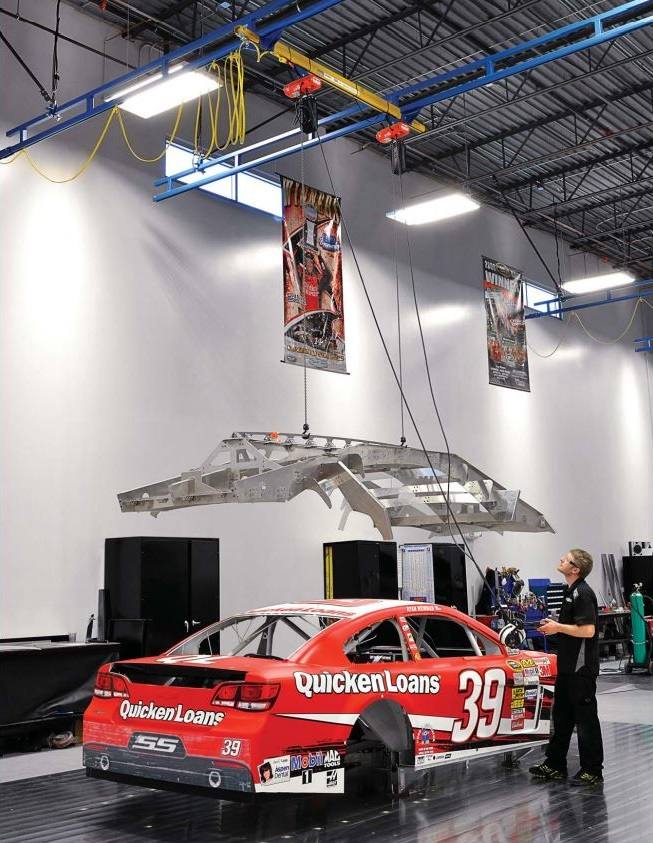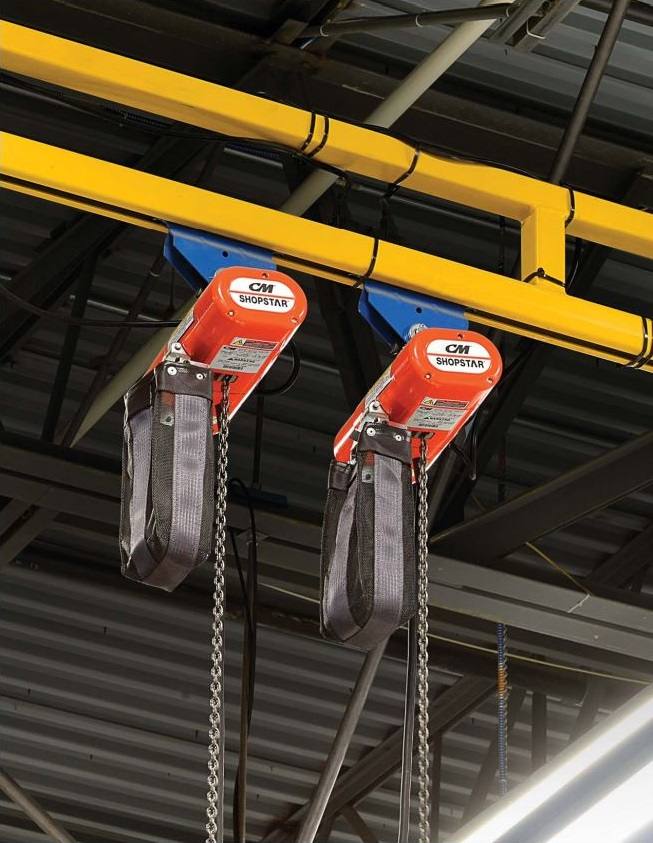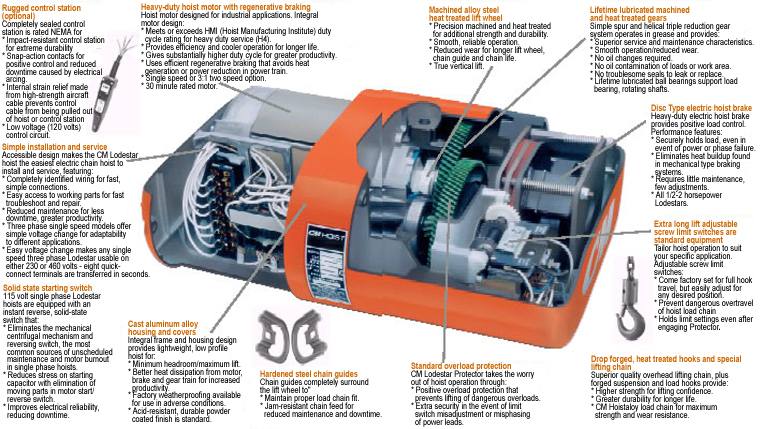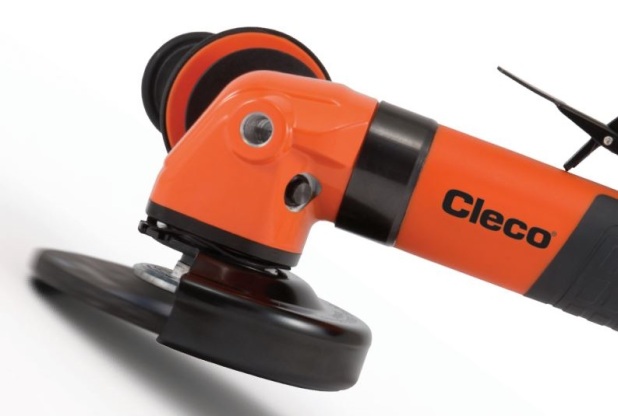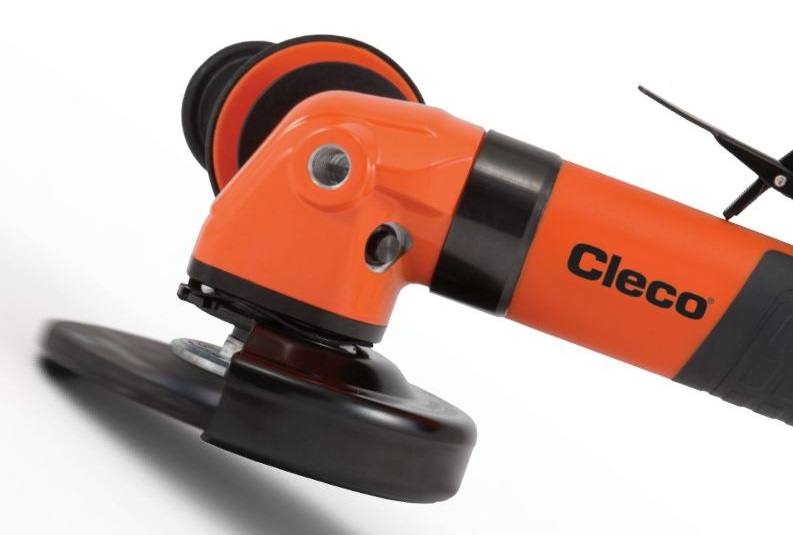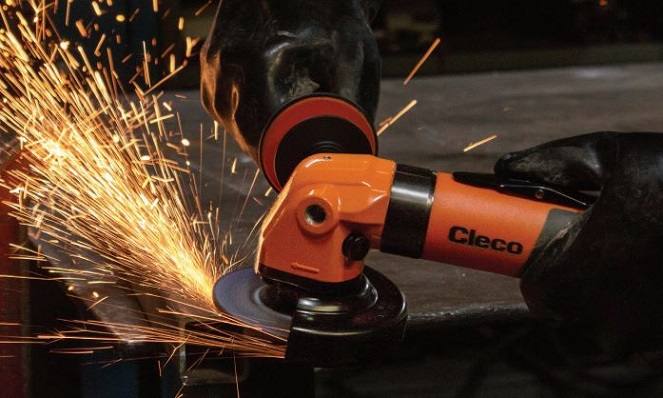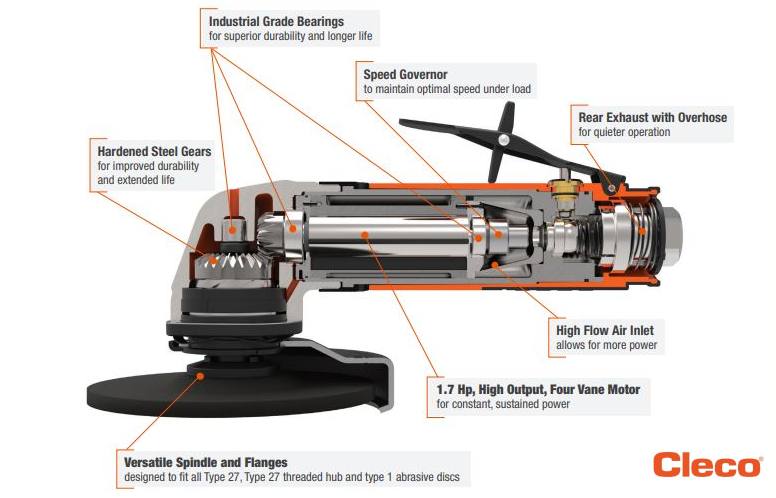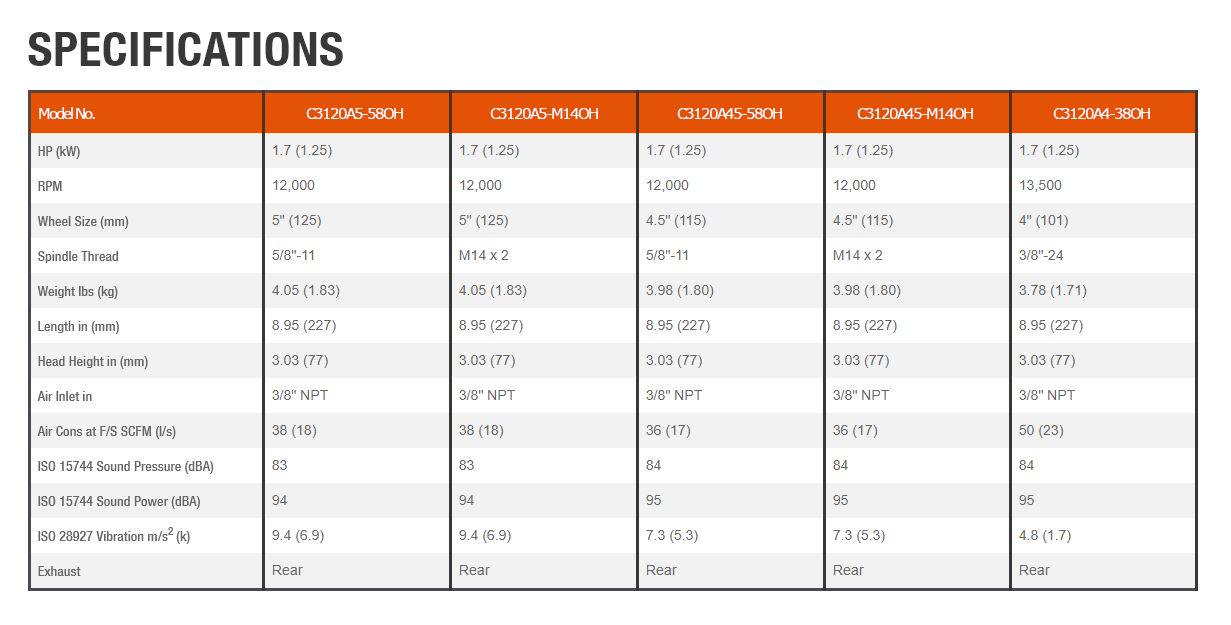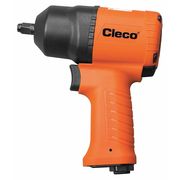
(12 minute read)
Understanding the basics of torque theory, how it relates to tools, and the methods for applying torque in manufacturing, helps industrial buyers to make informed tool purchases. The following guide will walk you through everything you need to know about torque and the importance it plays in the world of industrial assembly tools.
 Torque Basics
Torque Basics
In the most basic sense, torque is a form of measurement. Torque measures rotational or turning force – which is the amount of force it takes to cause an object to rotate around an axis. To measure this, both length and force must be calculated.
When you open a door, you apply force to the side of the door farthest from the door hinges. Trying to open a door by pressing against the part closest to the hinge, accomplishes little because torque is next to zero.
The door handle’s placement allows for the least amount of force to be applied so the door pivots on its hinge. Measuring from one side of the door to the other (hinge to handle), reveals the length that needs to be multiplied by the force in order to successfully open the door.
 | The following standardized formula can be used:Length x Force = Torque (L x F = T) |
When it comes to tools, you can think of this formula in a practical way. The length of a torque wrench’s handle would be multiplied by the amount of force at the centerline of the tool’s output shaft. For example, a 3-foot-long wrench that offers 30 pounds of force would equate to 90 foot-pounds of torque.
 Torque and Assembly Tools
Torque and Assembly Tools
Torque is utilized every day in common applications, from opening doors to starting car engines.

In the world of tools, torque is most used to create what is known as clamping force. Clamping force is created when torque is applied to a nut, bolt, or other threaded fastener. The result is that the torque draws two pieces of material together and secures them at a predetermined value.
The more torque applied to a bolt or fastener, the tighter the compression between the two materials. This is known as clamp load.
| Total clamp load is determined by: The amount of torque applied to the jointThe grade of the fastener (grade 8, grade 5, etc.)The friction between the two surfaces being adjoined.Atmospheric, work, and environmental conditionsTorque is critical to a variety of industrial applications such as:Installing components on an automobile assembly lineTightening bolts during building construction, erecting windmills, and solar panel and street light installationApplying clamp load to fasteners on heavy equipment, leaf springs, or farm machinery |  |
 The Right Torque, The Right Way
The Right Torque, The Right Way
While it might seem that more torque is always better, the reality is that torque must be applied in the right way and in the right amount. A proper run down must consider: run down speed, driving torque, and the final resting torque value. Accurate torque is a universal quality control metric for assembly applications worldwide.

 Over Torqueing
Over Torqueing
| Stripping can occur if too much torque is applied.Stripped threads will lead to loose fasteners or even complete fastener failure.Over torqueing the work can result in:An increase in defect rates, rework, and scrapDangerous operating conditions for assembly workers and consumers alikeIncreased manufacturer liability |  |
Uniform torque values need to be applied consistently to ensure that engineering specifications are met always
 How Do You Ensure the Correct Application of Torque?Correct application of torque is dependent on the following factors:The quality and condition of the components being assembled (ideally, use new fasteners every time)The accuracy of the torque tools used to apply torqueHow close the applied torque values fall within the tools range (target torque should not fall within 20% of the tools upper or lower limits)The hardness or softness of the joint being assembled (i.e. – metal on metal, metal on plastic, etc.) How Do You Ensure the Correct Application of Torque?Correct application of torque is dependent on the following factors:The quality and condition of the components being assembled (ideally, use new fasteners every time)The accuracy of the torque tools used to apply torqueHow close the applied torque values fall within the tools range (target torque should not fall within 20% of the tools upper or lower limits)The hardness or softness of the joint being assembled (i.e. – metal on metal, metal on plastic, etc.) |  |
 Calibration Certifications
Calibration Certifications
In some cases, power tools require careful calibration to operate properly. The calibration process ensures that a tool will offer the desired output of torque. After being calibrated, a certificate is provided. At International Air Tool Company, we offer ISO/IEC 17025 Calibration Certificates. This certificate provides detailed information about the calibration, including the date range for which the calibration certification is effective.
The calibration process involves careful measurement of the tools torque output using specialized equipment such as a digital torque tester or transducer. This reading will indicate whether adjustments need to be made to ensure repeatable accuracy from the tool.
| The requirements for torque calibration vary and are based on the following: The manufacturer’s engineering guidelinesANSI/ASME standardsFederal specificationsCustomer use requirements |  |
When the calibration process is complete, a calibration certificate offers information about the test, methodology and any adjustments made to the tool being calibrated. In addition, the calibration certificate lists the expected tolerance range (+/-) for the tool as well as the date when calibration will be required again.
 Your Torque Toolbox
Your Torque Toolbox
Knowing the Methods for Applying Torque
Applying torque to a fastener can be performed with many different type tools. The following are all common tools for the application of torque:

A click wrench is the most widely used torque tool that allows for the manual torqueing of bolts. These are ideal for hard-to-reach spaces and any job where over-torqueing is a concern. These wrenches physically “give” and provide an audible click once a torque value has been met. Operators must be trained not to apply additional force once the threshold is reached. Click torque wrenches are available in a wide variety of drive sizes and torque ranges.

In the automotive world, a beam torque wrench is a popular tool. These torque wrenches allow for precise fastening of bolts to predetermined specifications. This capability allows OEM torque requirements to be met in an automotive repair setting. A beam torque wrench utilizes a pivoting handle, which acts as a lever to apply torque pressure to the fastener. The readout is manual and utilizes a needle that slides over a plot of torque values.

While not highly accurate, when greater amounts of torque are required; nothing beats a traditional impact wrench. Impact wrenches generate torque using pneumatic or electric motors. A clutch is driven by the motor that then spins the tool’s impact hammers. The hammers deliver powerful blows to the anvil, which in turn drives a socket. The socket then torques or loosens the fastener, allowing for rapid bolting or disassembly operations. Sockets are offered in a variety of drives and sizes, making the impact wrench one of the most universal of all bolting tools. However, due to their output variability, impact wrenches are not appropriate for torqueing critical or precision joints.

A stall drive screwdriver is a simple tool that utilizes air pressure to regulate torque. The tool’s spindle is mated directly to the air motor. Stall type screwdrivers do not have a torque limiting clutch. Torque and RPM output are controlled by the amount of air pressure supplied to the tool. Stall screwdrivers are typically equipped with a ¼” quick change chuck and are designed for use with hex shank power bits. These tools are popular in woodworking and furniture making applications. We are big fans of the Sioux brand of American made screwdrivers. Sioux tools manufacturers a variety of Stall Drive Pistol Grip Screwdrivers for production work.

Positive clutch screwdrivers rely on forward operator force to engage the tool’s torque mechanism. As the operator pushes the tool against a work surface, opposing clutch jaws engage and spin in unison rotating the tool’s bit. As the torque of the fastener begins to overcome the maximum output of the air motor, the clutch jaws “cam” apart, stopping the bit from rotating. Savvy operators can re-engage the clutch jaws by again pushing forward on the bit to squeeze additional torque out of the rundown. Experienced operators can use this style of tool to achieve semi repeatable results in applications where driving force exceeds final seated torque. Ingersoll Rand offers highly durable Positive Clutch Screwdrivers designed for high cycle assembly work.

For jobs that require an accurate general purpose assembly tool, the adjustable clutch screwdriver is the tool of choice. Steel balls rolling between indented plates provide smooth disengaging at preset torque levels while minimizing vibration to the operator. Very good all-around torque limiting clutch. The clutch on these screwdrivers is like those found on commercial grade electric power tools widely available at home improvement stores. Once the pre-set torque is achieved, the tool’s clutch disengages from the spindle and begins to make the familiar ratcheting sound we hear on construction sites. At this point, the operator cannot apply additional torque to the fastener. The clutch will only reset once the bit is removed from the fastener. We have had good luck with the Ingersoll Rand 41 series screwdrivers in production assembly line work involving the assembly of sheet metal parts.

The applications for electric torque-controlled screwdrivers are endless. From electronics assembly to medical equipment, electric screwdrivers are used in production lines across the globe. The main benefit of electric screwdrivers is that they apply a repeatable amount of pre-set torque to a fastener during a rundown. A mechanical clutch engages and shuts the tool off automatically once the pre-calibrated torque setting has been reached.
Electric screwdrivers either plug directly into an AC 110V power outlet or may require a separate DC24V controller to operate them. Direct plug-in models offer space savings while models with a controller come equipped with variable speed operation and a soft start feature to guard against cross threading.
Electric screwdrivers accept standard ¼” bits and are offered in either inline, pistol grip or a right-angle orientation. They are offered with either push to start or lever start activation. These lightweight and compact tools come in torque ranges less than 1-inch lbs. (inch ounces) all the way up to 60-inch lbs. The tools free speed RPM typically runs inverse to the torque output of the tool. The more torque produced by the screwdriver, the slower the tools spins. Conversely, lower torque tools typically spin faster, sometimes as high as 2,000 RPM.
For a high quality, mid torque, brushless screwdriver, we like the Ingersoll Rand ELB2612N. With a torque range of 3.5-to-14-inch lbs. and no controller required, the ELB261N makes for a great light industrial assembly tool.
Pulse tools are used in applications requiring large amounts (ft. lbs.) of precise torque. The main benefit of a pulse tool is its ability to apply high amounts of torque without generating a torque reaction, resulting in superior worker ergonomics. A pulse tool utilizes hydraulic pressure to apply torque through its output spindle which is either a 3/8” or ½” square drive (pulse tools are primarily used with sockets). The level of torque is controlled by adjusting the pressure of the hydraulic fluid located inside the tool’s pulse unit. These tools are excellent for all day assembly line jobs that require: high torque, great ergonomics, and minimal vibration to the operator.
Like an impact wrench, a pulse tool delivers torque to a fastener in fast, intermittent bursts. Unlike an impact wrench, a pulse tool is highly accurate and shuts off or ratchets once torque is reached. There is no way to consistently control the torque output from an impact wrench. Nonetheless, even the highest-powered pulse tools max out at 300 to 400 ft. lbs. and have distinctly different uses than a traditional impact wrench.
A torque multiplier is a tool used to apply a mechanical advantage when running down nuts and bolts. Using either a DC or pneumatic power motor, torque multipliers can generate torque ranging from as low as 40 ft. lbs. up to as high as 40,000 ft. lbs. A torque multiplier in its simplest form is a power motor coupled to a large (epicyclic) gear train which terminates in an output spindle. Originally developed to eliminate the use of cheater bars and to apply higher torque values in restricted spaces, the modern-day torque multiplier is highly regarded for precisely delivering large amounts of torque in industrial bolting applications. When used in conjunction with a torque reaction bar, powered torque multipliers offer a safe and accurate way to apply high levels of torque to large fasteners. Torque multipliers are commonly found in the agriculture, heavy equipment, truck and trailer, infrastructure, rail, petroleum, and wind power industries.
International Air Tool Company offers Ingersoll Rand Cordless Torque Multipliers capable of reaching up to 1475 ft. lbs. and Sioux-Norbar Pneumatic Torque Multipliers that will produce up to 6000 ft. lbs. of torque.
 Conclusion
Conclusion
While the basic principle of torque itself is in itself not complicated, its proper application can be. Every job deserves a thorough analysis and sound final recommendation.
International Air Tool Company has decades of experience helping manufacturers select the right torque tools for their industrial assembly applications.
We are always happy to talk to you through your application. For help selecting the right torque tool for your production assembly work or to schedule an in person visit in the Southern California area, please call (800) 608-5210 or leave your contact info by following the following link intlairtool.com/contact – No spam will be sent.




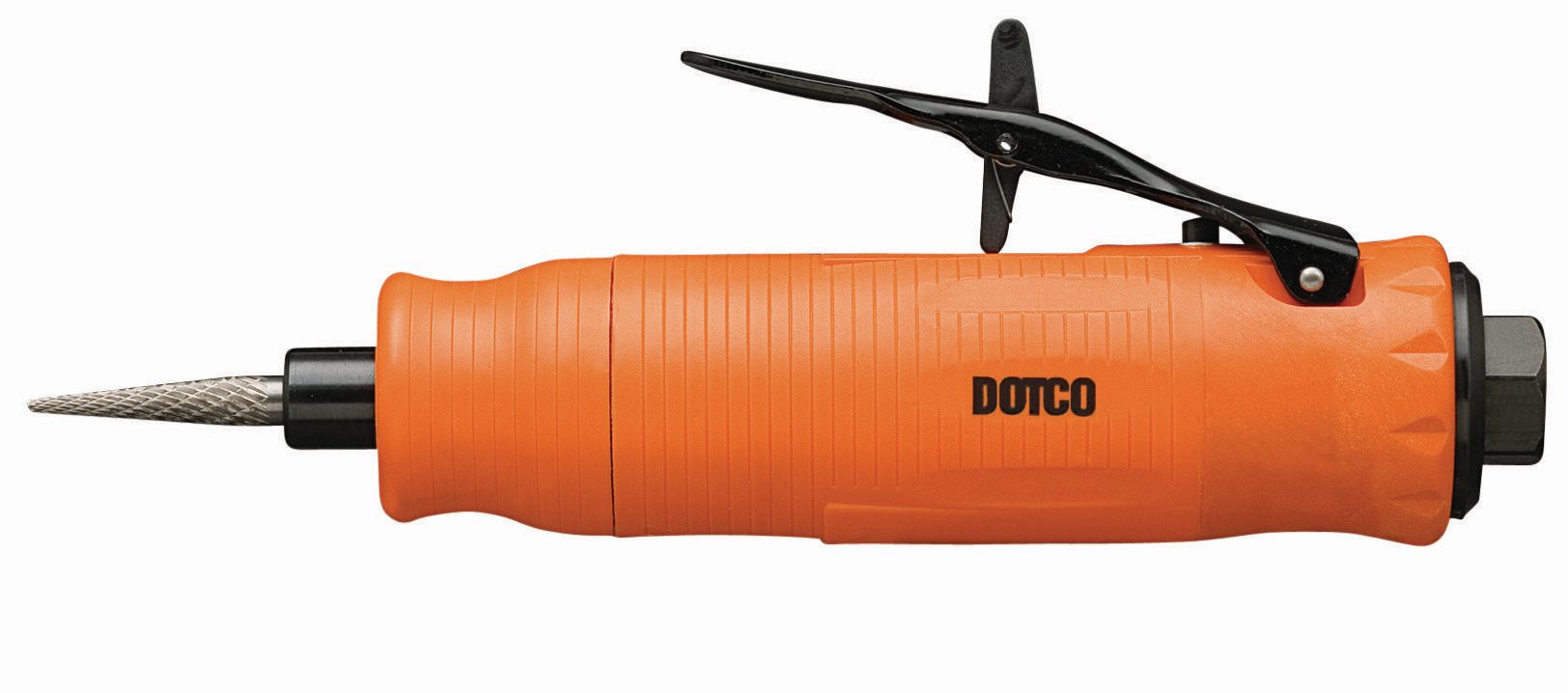
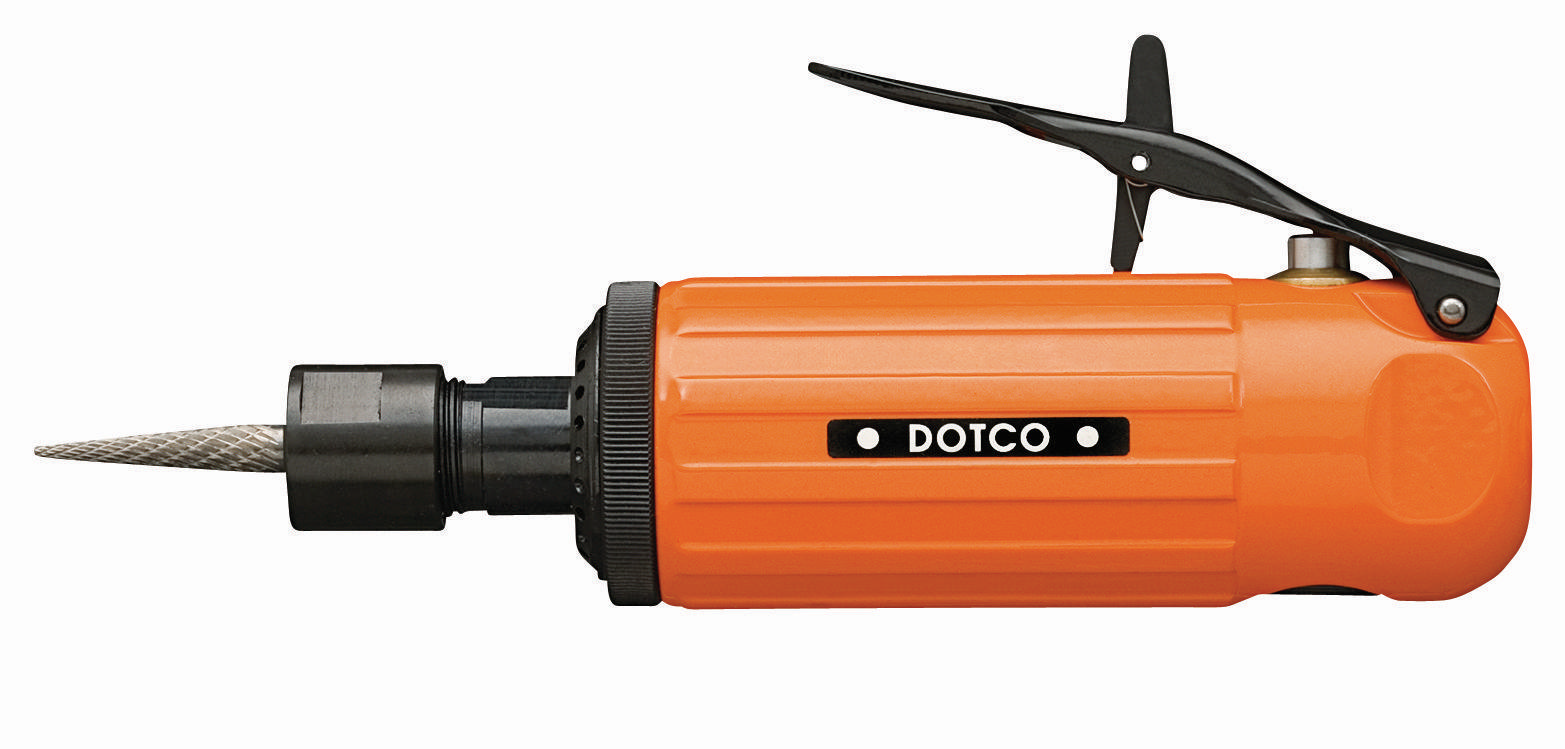

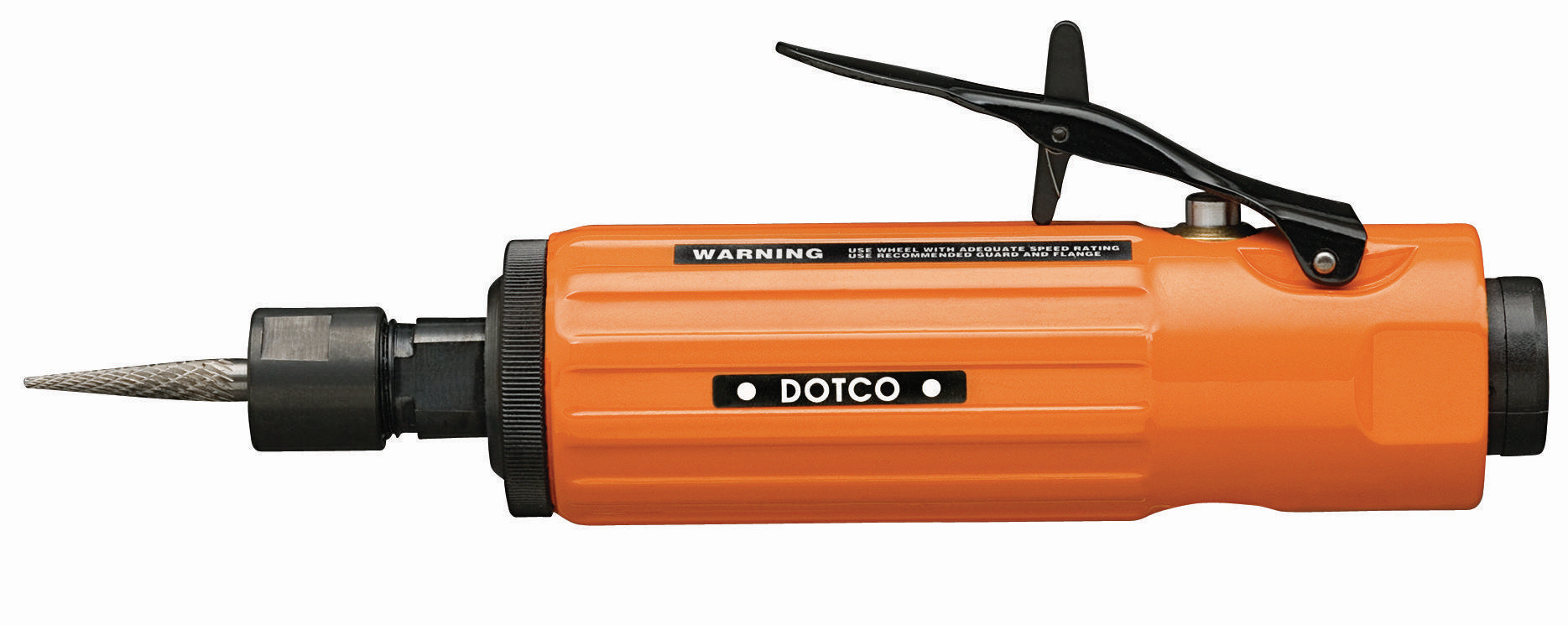
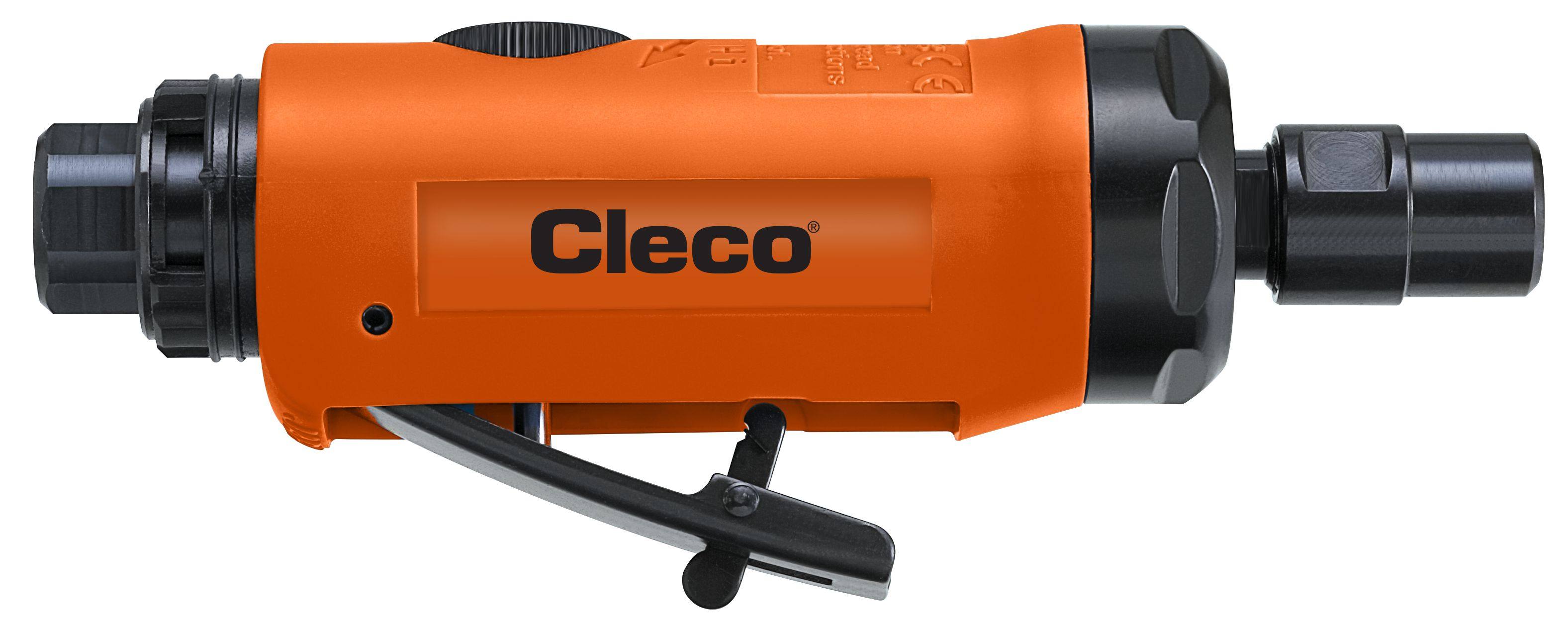

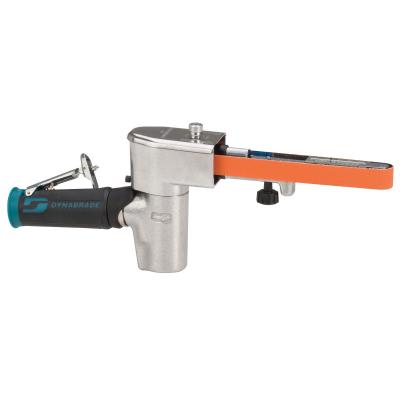
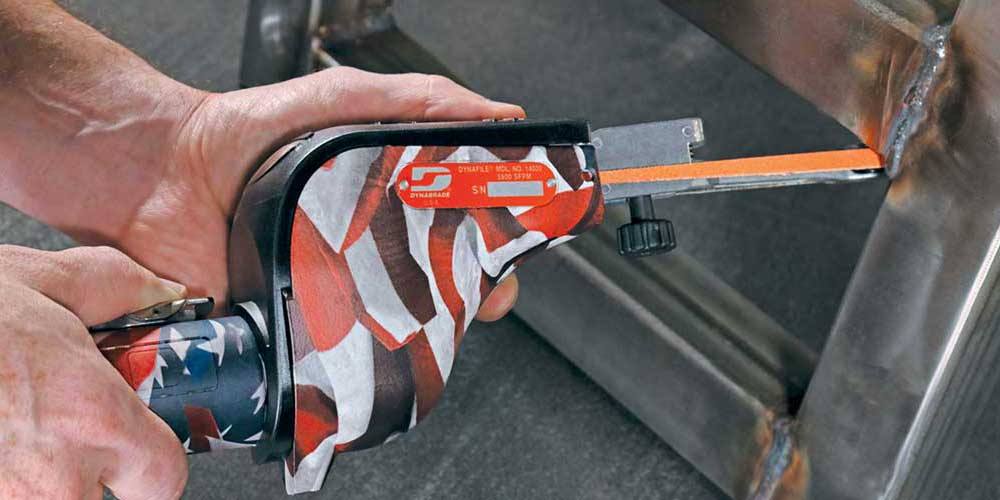

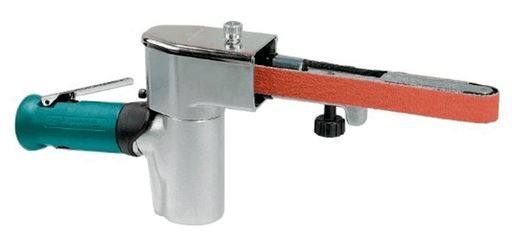
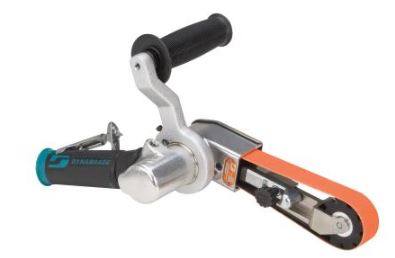
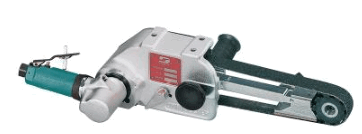
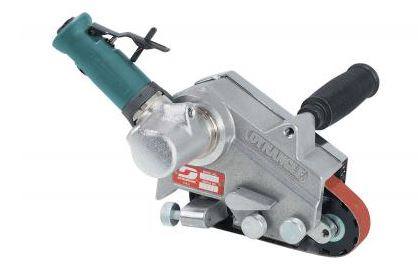
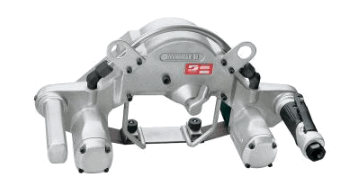
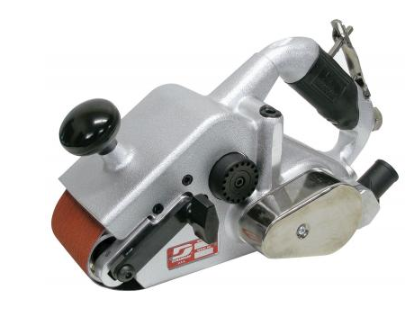
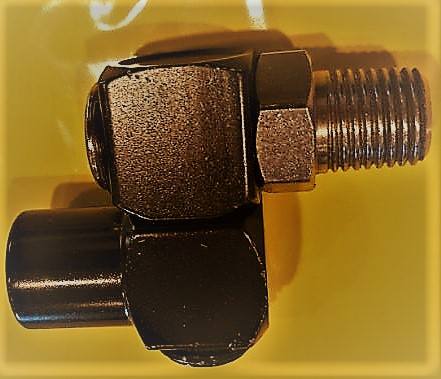
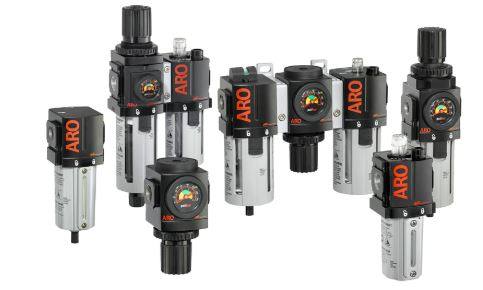
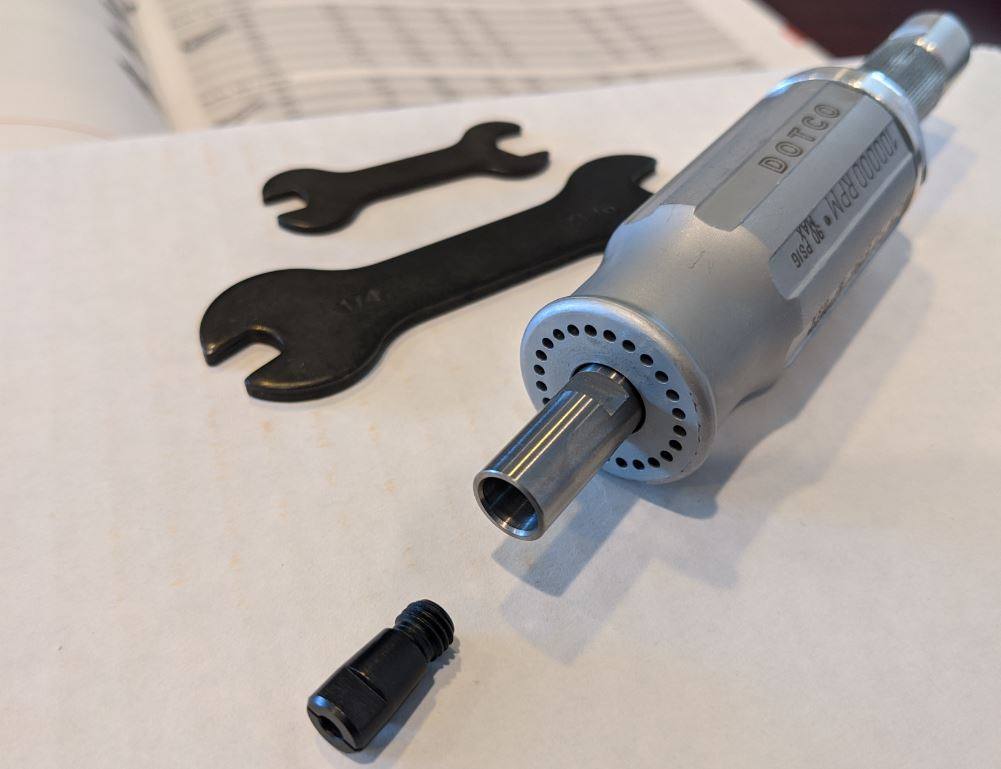
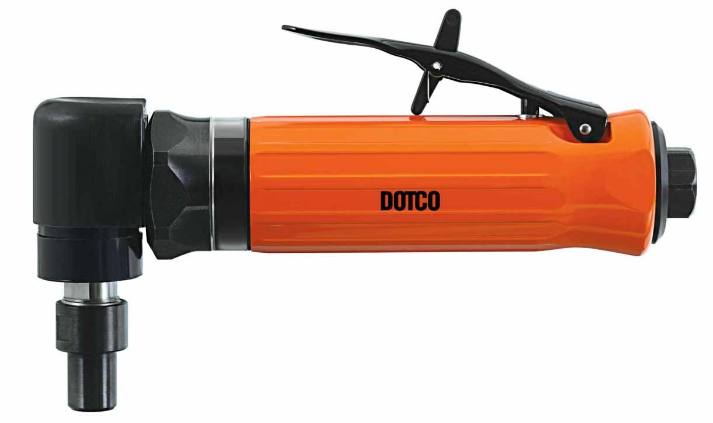
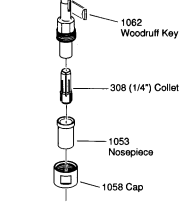
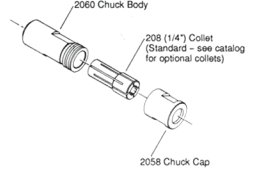
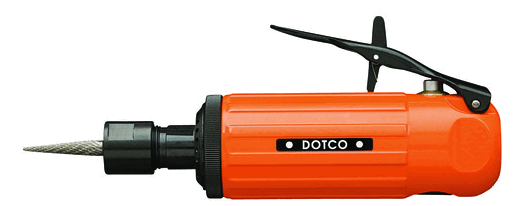
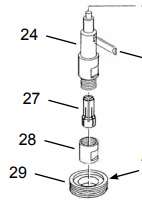
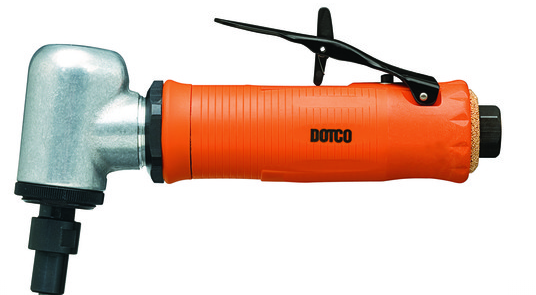
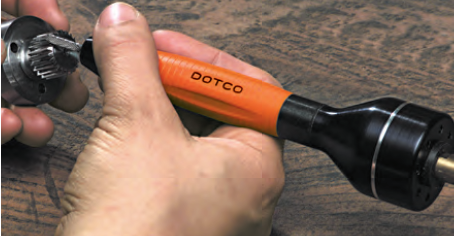

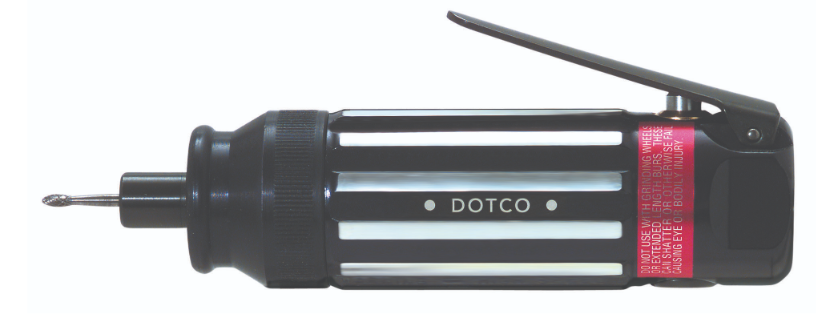

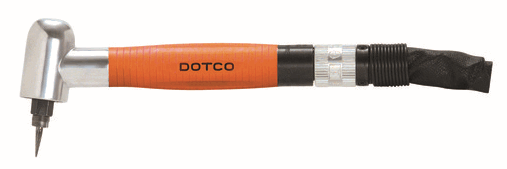


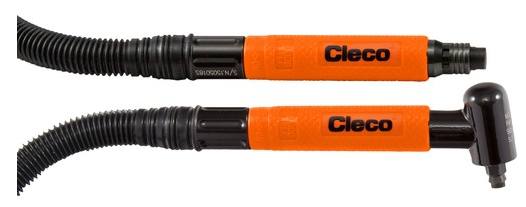



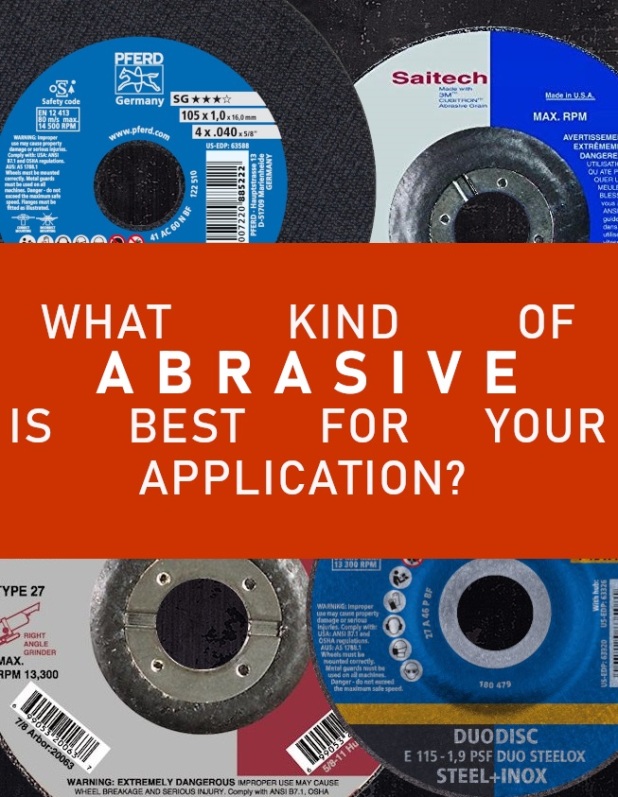
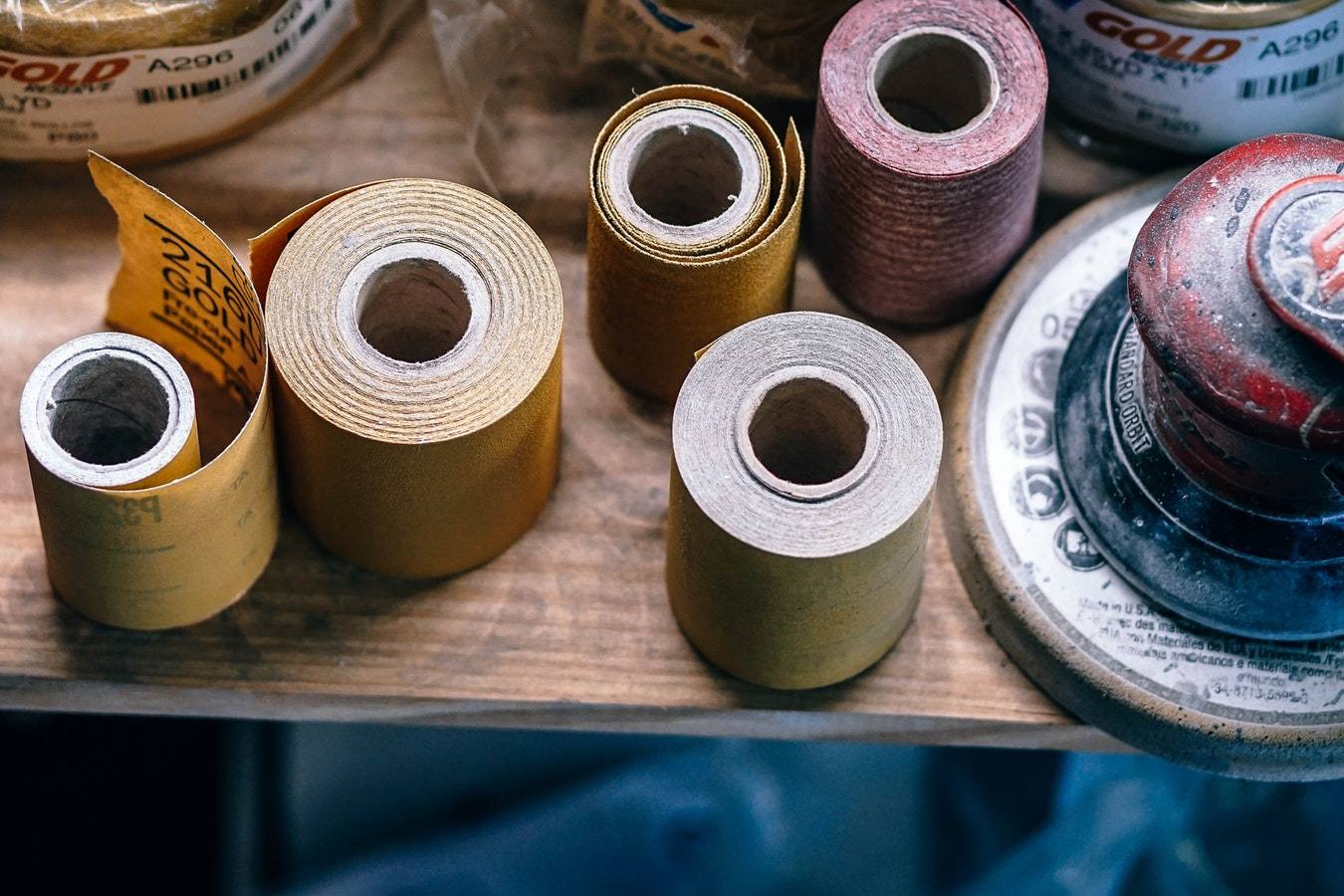
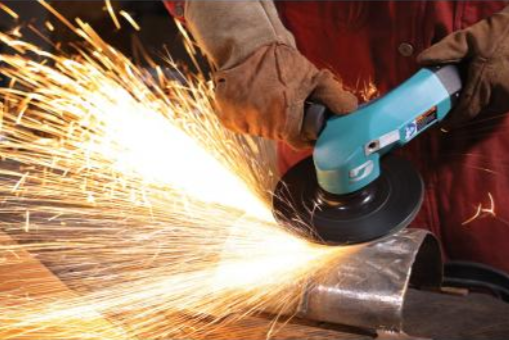
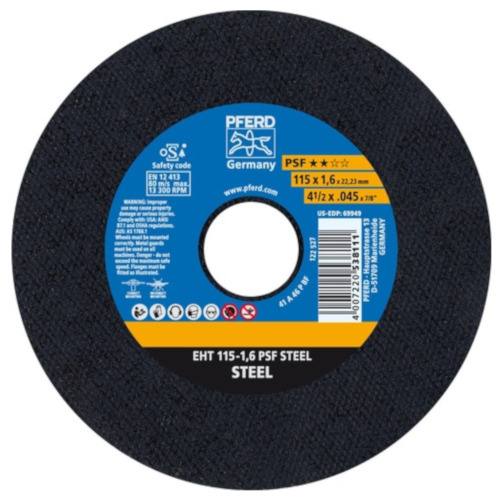
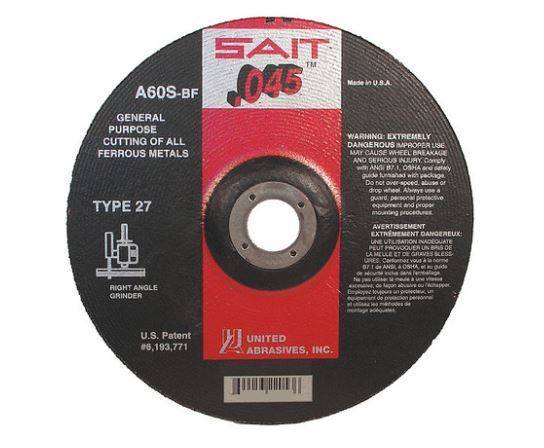
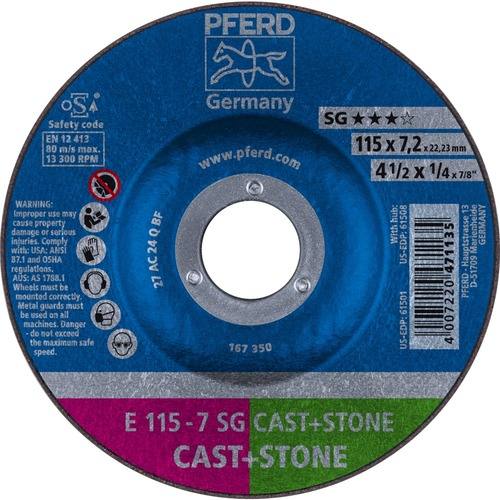
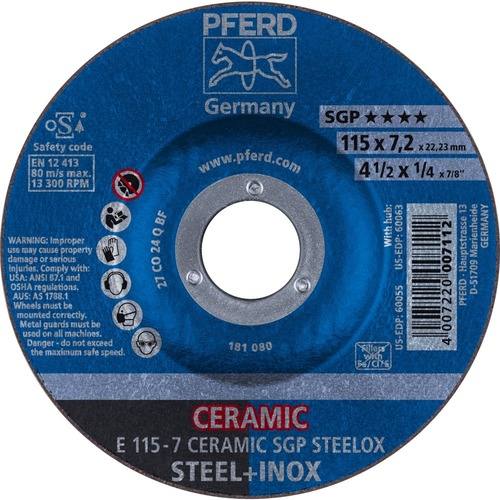
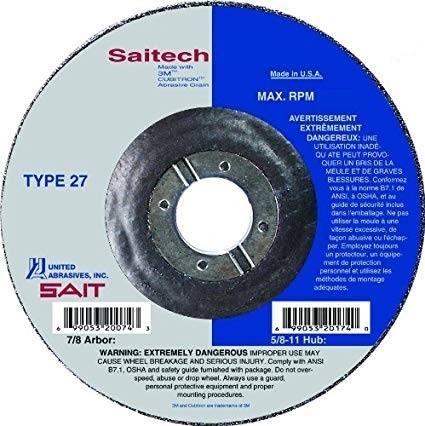
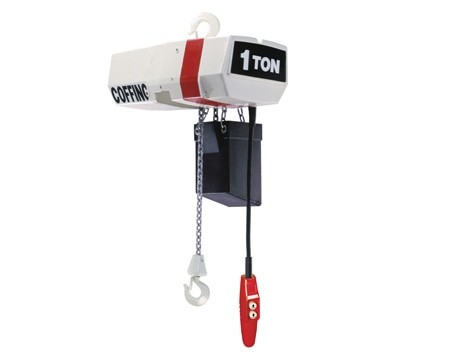
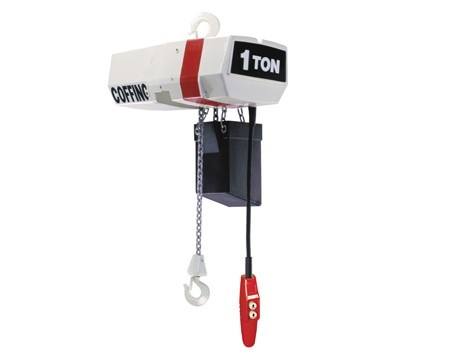
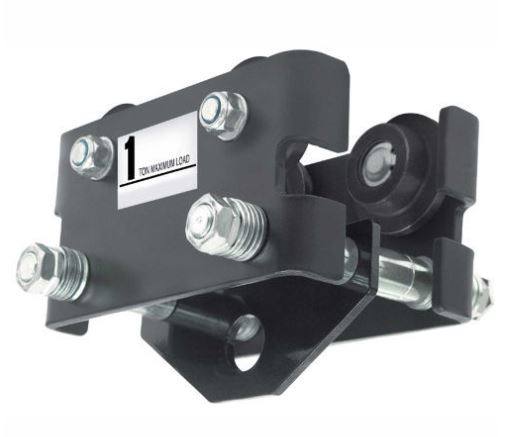
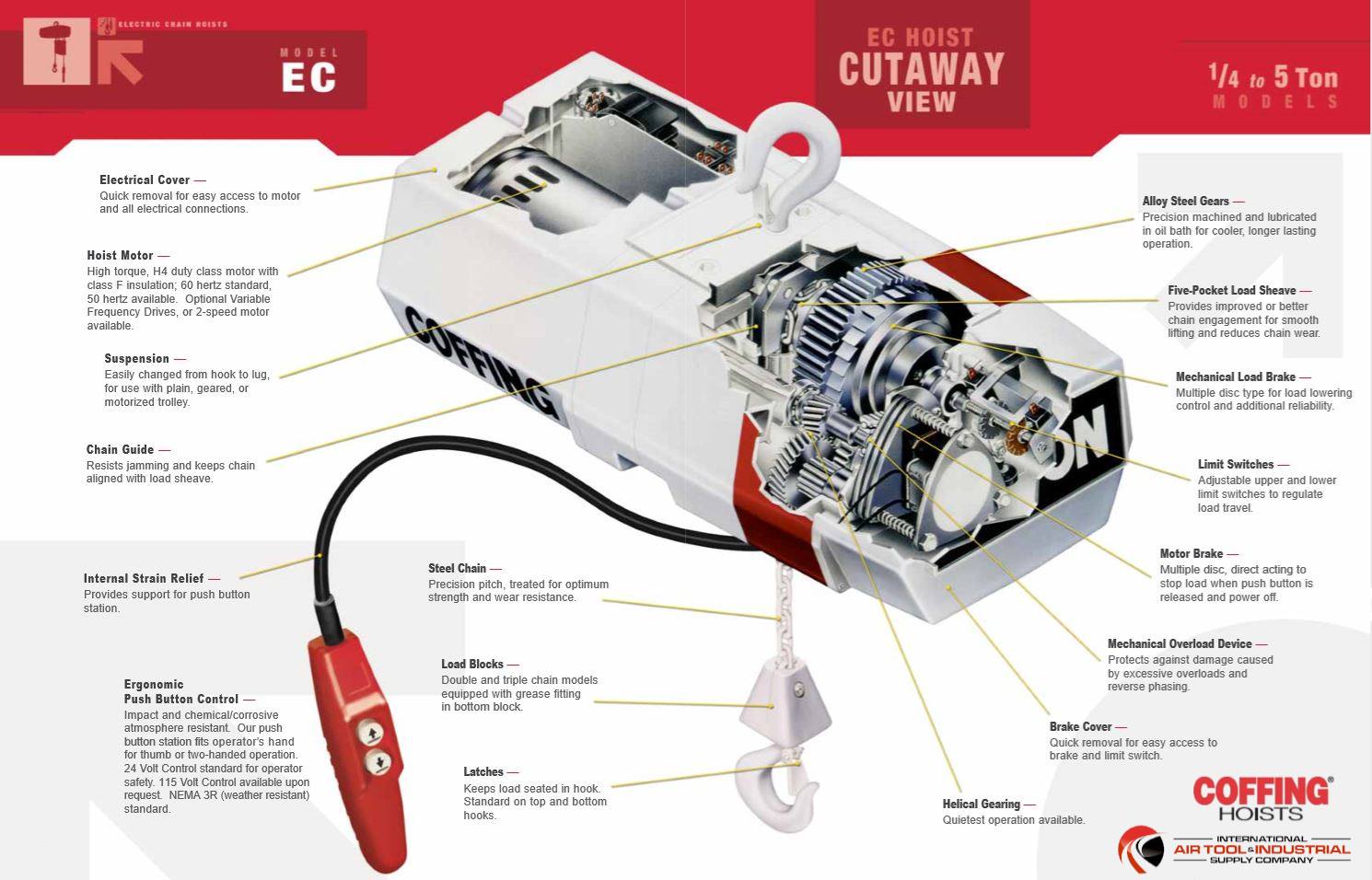

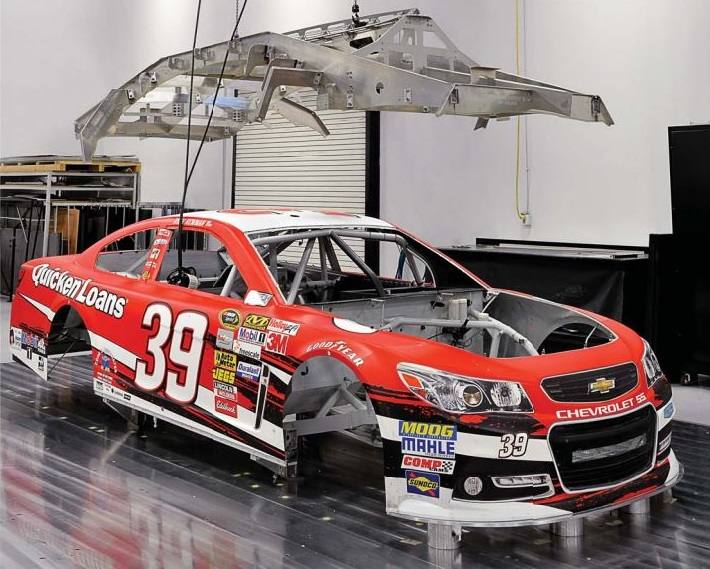 In 2007, NASCAR introduced the “Car of Tomorrow” (COT) Template to offer a solution to the concern of driver safety. These templates serve as a restriction to racing teams (and their assembly facilities) because they require each car to be built to the same NASCAR specifications and guidelines of bodywork and chassis design.
In 2007, NASCAR introduced the “Car of Tomorrow” (COT) Template to offer a solution to the concern of driver safety. These templates serve as a restriction to racing teams (and their assembly facilities) because they require each car to be built to the same NASCAR specifications and guidelines of bodywork and chassis design.